by Texas Homesteader ~
We’ve managed to reduce our landfill contributions over the years by using a few simple tricks. We’ve even been able to eliminate our trash collection service and associated fees. So the result has been positive for both our budget as well as the environment.
(Note: Some links in this post will take you to other related articles for further information. But links preceded with * are affiliate links. If you click and buy something I could receive a tiny commission.)
You pay a fee to have a large truck pick up & haul your trash to the landfill. Do you hate that as much as we do?
A Tiny Trash Can Is All We Need
By repurposing, recycling and composting what we can we’ve significantly reduced what is sent to the landfill from our home.
So much so that we only require a tiny bathroom-sized waste basket as our main household trashcan.
This small trashcan only needs to be emptied about once every couple of weeks. I feel pretty good about that!
The larger trash can in RancherMan’s shop is larger, but it’s still only the size of a typical kitchen-sized waste basket.
No More Trash Bags Bought
All these reductions also save us money since we don’t have to buy trash bags.
We line our tiny kitchen waste bin with anything from the bag from a large family-sized container of cereal or the occasional plastic shopping bag that someone used to bring something to us.
(We don’t accept plastic shopping bags when we shop but I’ll make full use of the ones that end up in our home from others).
For our larger shop trash can we use repurposed plastic feed sacks.
Like I said before, if that blasted plastic is going to come into the house despite my best efforts, it’s gonna be used up fully before it’s considered trash.
Recycling Is Good, But PRE-Cycling Is BETTER!
What about recycling? Sure, it’s a great way to make better use of things to be thrown away. Certainly better than just sending it to the landfill.
But PRE-Cycling is even better. What is it?
Precycling can be defined as making purchasing decisions that will delay, reduce or eliminate the need to recycle or dispose of waste.
What are some examples of PRE-Cycling? Read on, dear friends…
Repurposing Items Delays Sending Them To Landfill
Repurposing items for another use is a good example of precycling. I’ve been able to reduce all kinds of landfill-bound trash by repurposing items.
-
-
-
Empty spray bottles filled with dish soap/water for a homemade cleaner.
-
Small empty peanut butter jars for holding food in freezer.
-
Repurposing Coffee Cans into a Flour Canister, garden Water Conservation, chicken feeder, harvest container & more.
-
Making a Cute Gift Box from greeting cards.
-
Holey sock repurposed into hair bands and cleaning rags.
-
-
You can see all our Repurposing Posts for additional repurposing tips.
Shun Excess Packaging To Lower Waste
Look at the packaging of things you purchase. Shun those that are over-packaged – whether or not the packaging can be recycled.
Those beautiful bell peppers are on sale, but they’re sitting on a Styrofoam tray and entombed in multiple layers of plastic wrap. That’s a hard PASS for me!
I’ve passed up over-packaged produce, items for our home and even toys for my grandbabies in favor of less-packaged options.
And I often buy household items used so in those cases there’s NO packaging at all involved. SCORE!
Reducing Disposables Is Good For The Environment
Reducing your use of disposables is another example of precycling.
Reduce Waste In The Kitchen by using real plates, cloth napkins and reusable cloth instead of disposable options.
Host a Fun Low-Waste Party instead of relying on disposables.
Reduce or Eliminate Gift Wrap using these easy tricks.
Use a metal Safety Razor and real honest-to-goodness double-edged blades.
I often see nice brand-name safety razors at estate sales & antique stores. When I find extras I sometimes have a few in my Online Store. Check it out!
Problems With Styrofoam Containers For Restaurant Leftovers
What about the container for your restaurant meal leftovers? The environmental side of me has always HATED that awful Styrofoam box they force on you when you take home the uneaten portion of a restaurant meal.
And if the contents are the least bit heavy the flimsy Styrofoam container gives enough to pop the lid open. Plus those dang things are so bulky to store in the fridge.
(not to mention Styrofoam is an environmental nightmare!)
So several years ago I purchased an inexpensive small glass bake-ware pan with a snap-on lid. I’ll use it as a reusable way to bring home restaurant leftovers.
I even made a Cute Dish Carrier with repurposed denim from a pair of RancherMan’s worn-out jeans.
It was made to resemble a purse so I wouldn’t feel awkward just carrying a glass dish into the restaurant.
I bring them home restaurant leftovers & place them in the fridge. That way I can enjoy restaurant leftovers for lunch the next day.
And since this glass dish is microwave safe I can heat & eat in the same dish. No extra dirty dishes, no extra trash! Win/win!
Easy Make-It-Yourself Items
How about eliminating containers of things you typically buy? It’s another huge way I’ve been able to reduce landfill trash. I can make & store items in my own containers instead of bringing new disposable containers of products home.
Nothing hard mind you. I’m making simple things such as:
-
-
-
Simple homemade Laundry Detergent.
-
Favorite Honey/Oat Sandwich Bread.
-
Easy homemade Yogurt in repurposed glass jars.
-
-
Grow A Small Garden
You don’t have to plant a huge garden and grow all the vegetables your family eats to make an environmental impact. Grow a single tomato plant and fresh tomatoes are right outside your door all season long.
Tuck some pretty herbs into your existing flowerbed to use Edible Landscape principles.
Plant some Stevia and grow your very own zero-calorie sweetener.
Growing Luffa gives you food, scrub sponges and makes pollinators happy too!
Whatever works for you and your family, enjoy growing at least a small amount of your food!
For inspiration check out Our Best Garden Tricks or click this button to see all our gardening posts:
Food Waste Should Not Go Into A Garbage Disposal!
I’d never use a garbage disposal for disposing of uneaten food or food trimmings. I don’t feel that’s where food waste should go!
Cramming food waste through a garbage disposal simply means your home food-disposal convenience results in your food waste having to be filtered out later by water utility workers.
Although I’ll run our garbage disposal to make sure any wayward items that ended up in the sink are safely flushed away, I’ve always considered that using a garbage disposal to actually purposely dispose of excess food is the wrong way to handle food waste.
Plus living in the country we are on a septic system. Those apple peels & plate scrapings being sent into our septic system through the garbage disposal just means we’ll have to pay more often to have our septic tanks pumped.
What a waste! (yes, pun intended.)
Composting Food Waste Is EASY!
I purchased this *compost tumbler a few years ago. Veggie trimmings, plate scrapings and such go into this composter instead.
Here at the Homestead those veggie peels and apple cores are composted & turned into black gold for a healthy veggie garden.
It’s been another huge improvement in reducing our landfill waste stream to utilize our composter.
Bye-Bye Junk Mail
What about the mail everyone hates to get – junkmail? RancherMan & I are pretty adamant about removing unwanted junk mail from clogging our mailbox.
The law requires that if you OPT OUT of a company’s promotional offers, that company must discontinue sending their junk mail to you.
Oftentimes I’ll send them an OPT OUT email and copy myself so I have record of having sent it.
You can also opt out of almost all marketing by visiting the website www.dmachoice.org. They place your information on a file made available to all direct marketers.
It costs $3 (as of this writing) but it was some of the best money I ever spent since it was a one-stop shop. And it brought our junk mail volume down immediately.
I tackled the remaining trickle myself. Now a piece of junk mail in our mailbox is rare.
So there’s a quick list of simple ways we’ve significantly reduced our landfill-bound trash. What’s your favorite way to reduce trash at your house?
~TxH~
Links Mentioned In This Post
- Zero-Waste Hygiene: Using A Safety Razor
- Making A Cute Dish Carrier With Repurposed Denim
- MYO Laundry Detergent Powder
- Dealing With Discards – Where Is “Away”?
- Easy Homemade Yogurt Recipe
- Homemade Compost is Free Black Gold
- Edible Landscape Principles
- Growing & Harvesting Zero-Calorie Stevia
- Growing Your Own Luffa Provides Several Benefits
- Our Best Garden Tricks All In One Post
- *Compost Tumbler
- Stopping Unwanted Junk Mail
- DMA Choice To OPT OUT Of Junk Mail
Other Posts About Reducing Household Waste
Reducing Trash
- How We Reduced Household Trash
- 5 Zero-Waste Products We Love
- I Love Mother Nature So I Recycle LESS!
- Where Exactly Is ‘Away’?
- Easily Reduce Or Eliminate Junk Mail
Kitchen
- 7 Ways To Reduce Plastic In The Kitchen
- Ditch The Plastic! Using Glass In The Refrigerator
- Paper Napkins In A Paperless Kitchen
Food
- Replacing Plastic Wrap With Beeswax Wraps
- Making Your Own Pourable Sugar Jar
- Eliminate Plastic Produce Bags
Cleaning
Health & Beauty
- Zero-Waste Hygiene
- Reducing Plastic In Personal Hygiene: Deodorant
- No More Plastic Razors – How To Use A Safety Razor
Repurposing
- Repurposing Empty Coffee Containers
- Denim Repurposed Into Fun Crafts
- Repurposing A Parmesan Cheese Lid
- 5 Handy Repurpose Ideas From An Old Sock
…and Many More
See All Eco-Friendly Posts
C’mon by & sit a spell! Come hang out at our Facebook Page. It’s like sitting in a front porch rocker with a glass of cold iced tea – lots of good folks sharing!
You can also follow along on Pinterest, on Twitter or on Instagram.
If you’d like to receive an email each time a new blog post goes live it’s EASY to
subscribe to our blog!


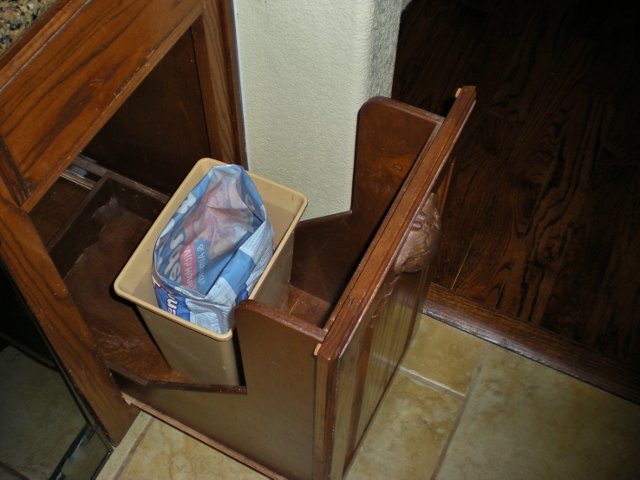
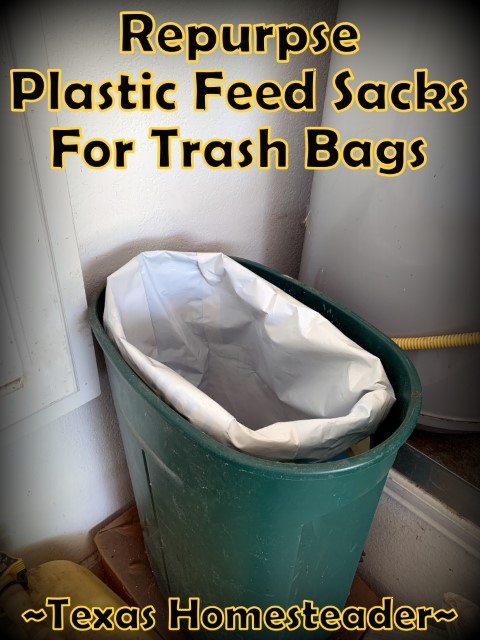
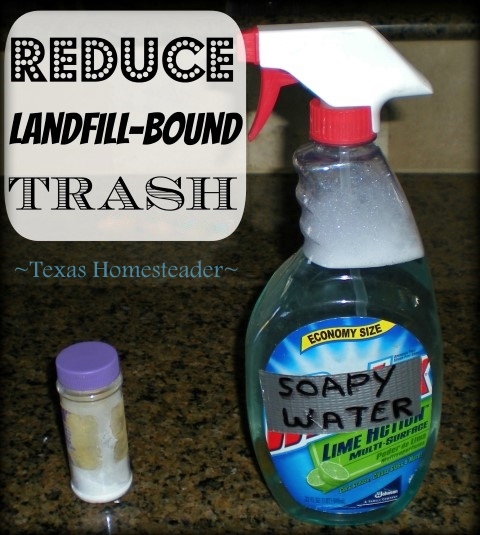
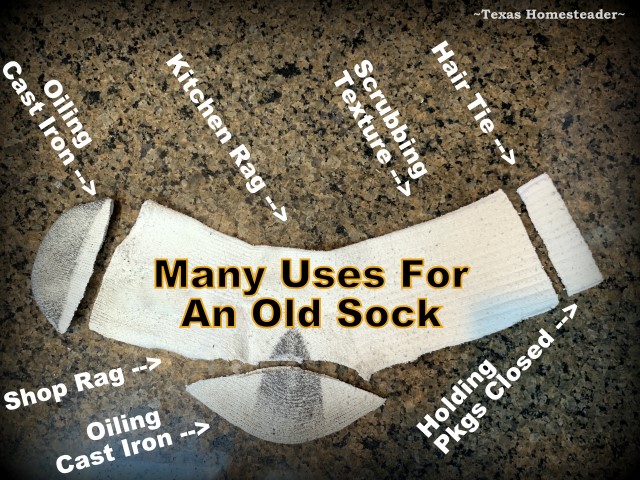
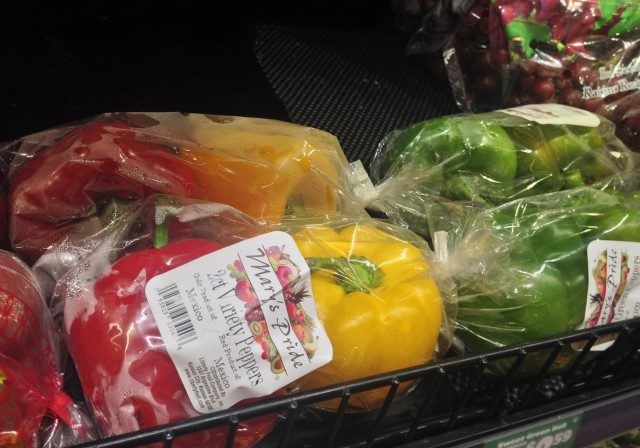
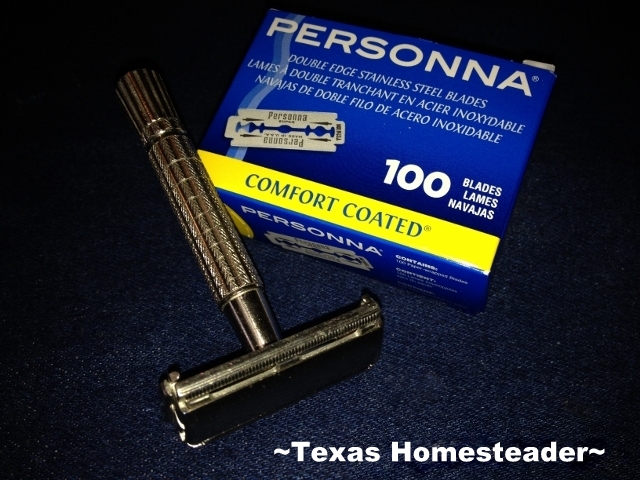

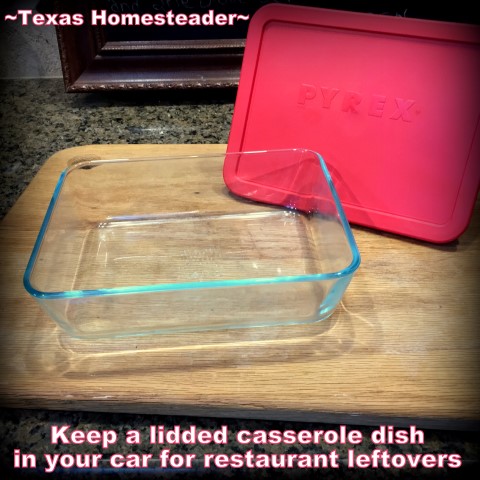
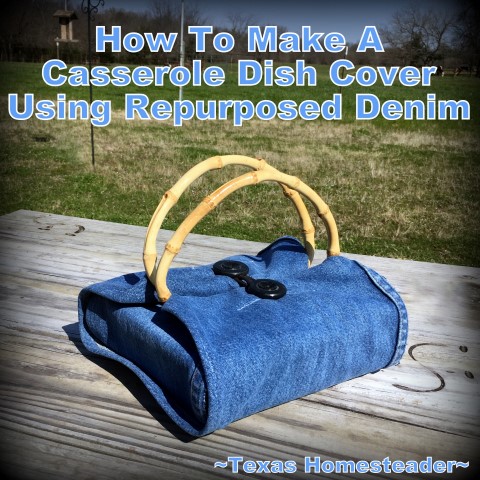
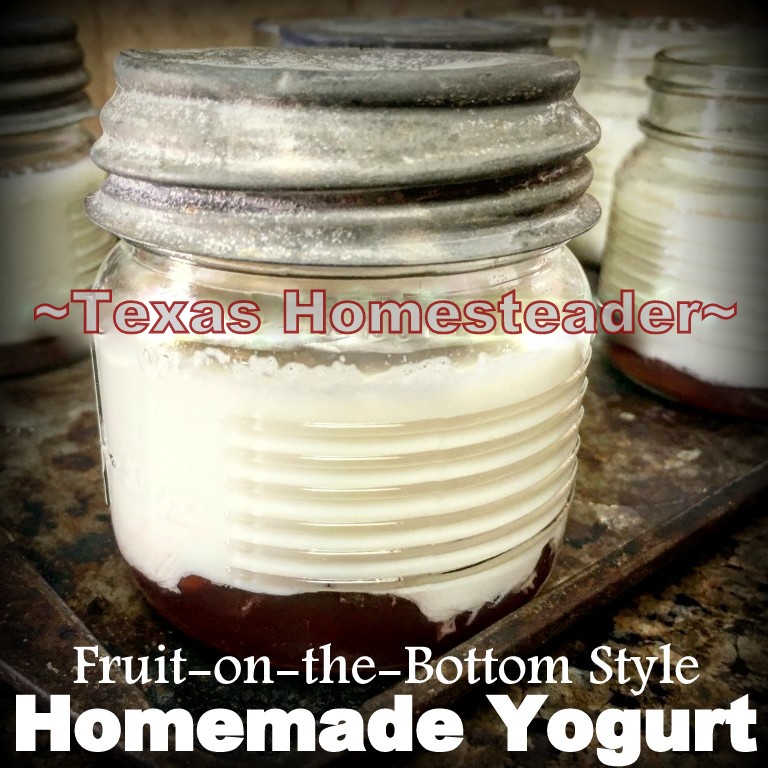
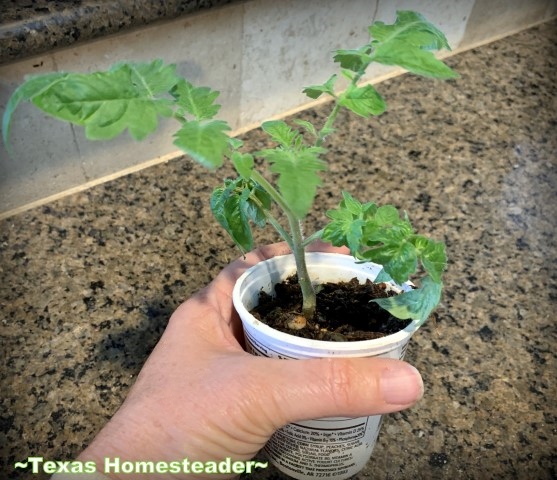

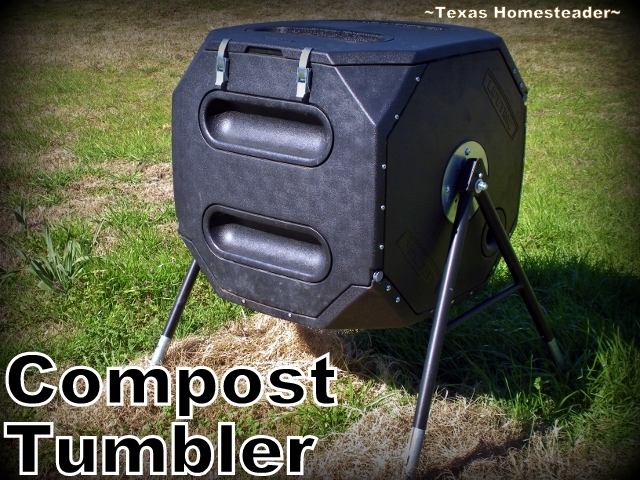
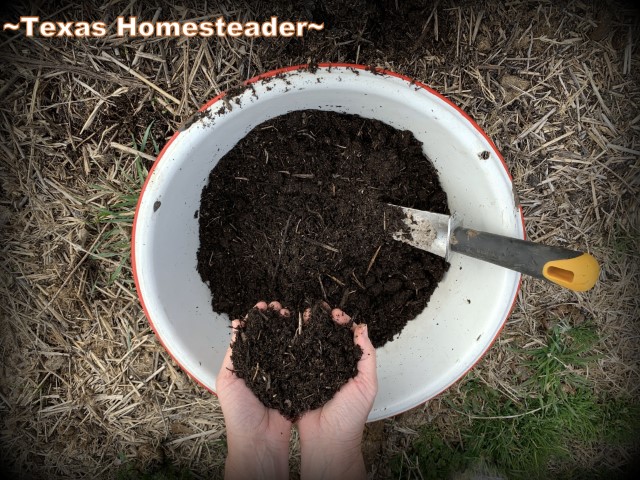
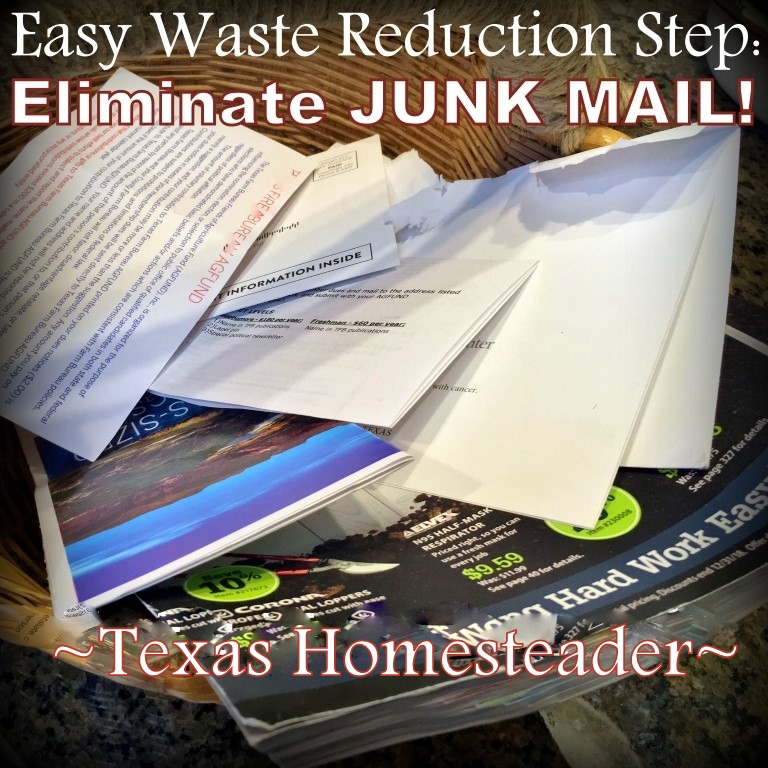


A couple of things that I do around here include using white vinegar on unwanted weeds (not in the main fruit or veg gardens, but in the graveled areas. I keep cardboard boxes from things ordered online and put them down around permanent plantings and top them off with bark nuggets or branches to hold them in place. When I’m reclaiming weedy areas I layer thick newsprint or the card board to kill the unwanted stuff. We don’t have a garbage disposal – warned early on that it wasn’t a good idea with our septic system so COMPOST. One other thing we do run our dishwasher once a week or two and it has a little spot where you are supposed to put some kind of liquid (water conditioner?) which comes in YET ANOTHER plastic bottle and the DW won’t run w/out it. I have found that now I just put plain water in it and the dw runs fine and the dishes don’t look any different. Then, OF COURSE, I haul the plastic produce bags to the store every week and reuse them – many times. Almost everyone can do something!
You’re knocking it out of the park, girlie! Love all your helpful hints – thank you for sharing. And you’re so right – almost everyone can at least do something. ~TxH~
Excellent suggestions all, and I’m thrilled to find another grandmother passing these solutions along to her grandkids. One of the most difficult plastic-wrapped items for me to give up so far is frozen vegetables and fruit. We used to use several bags a week (we don’t have access to a garden or freezer large enough to put up our own). We’re down to a few a month now, since we now rely on mostly fresh fruits and vegetables year round. But I still put five or six a month into my trash can.
The other biggie is cheese wrappers. We buy less cheese now too, but we still go through a couple of 8-ounce packages a week. I tried buying from a store that cuts and wraps; turns out their paper is plastic lined, and they have very few organic, local, grass-fed options.
The good news is, we’re reducing our one-use, overly wrapped items. After tracking our kitchen trash for four years, we’ve leveled out the last two at about two pounds every two months, most of it plastic wrappers. The bathroom trash is something else though. That’s going to take some heavy work to fix.
Do you add to your compost box daily and how long does it take to become compost with a tumbler like you have?
Hummm… so much depends upon how often you add to it, whether your greens & browns are balanced, whether you’re tumbling it regularly, keeping it moist, etc. For instance, I often find I have too much greens in my compost and have to rip up a few paper feed sacks to add enough browns to balance everything. But using this tumbler I typically get a batch of compost about every 2-3 months. I do stop adding to the compost when I want it to finish composting. ~TxH~
Great tips! I do recycle everything that I can, we have curb side pickup and I take my plastic bags to the store. I do make some of my own cleaning products and gardening concoctions so I save containers for those. I did have a compost on a stand but the thing kept popping out of position so I couldn’t spin it )-; finally got fed up and sold it and just made me one on the ground, more work because I have to manually turn the leaves, etc myself unlike the simple give it a spin composter. Maybe one day I’ll get me another one. Yours looks like a better heavier duty one then I had. Thanks for sharing!
I’m always happy to see people who try their best to not create more trash. Kudos to you!
I’m really excited to be living in western Washington now, as we have curbside recycling for just about everything except glass. It’s also common to have a compost pile, so we have a good sized one going in the back yard now.
I make my own laundry detergent too, and am going to make my own dishwasher detergent now that our new one is installed. I even refill sample-sized bottles to keep out on my bathroom counter because they take up less room, and I hate to throw them out.
These are such great tips! I like that you emphasize ways to reuse things to keep them out of the landfill and not just throw them in the recycle bin! Recycling takes tons of energy and resources too.
I love the junk mail reduction idea. You’ve used the service you mention for a while now and it’s totally legit? (Just asking because I’m always nervous about filling out forms like that.)
About the compost tumbler, we bought one last year and I love it too, but I do have a sneaking suspicion it might not benefit the environment all that much on balance. I got to thinking: yes, I put a half-gallon or so of stuff in there daily that would otherwise go in the trash (including non-recyclable paper like used kleenex and toilet paper rolls), but on the other hand, how many loads of compost would I have to make to counterbalance the environmental cost of manufacturing the tumbler itself? Likely many decades, I suspect. . . I wonder if anybody out there has done the calculation?
Anna, that’s an interesting angle and one that bears thinking about. A composter can be made with repurposed items like the slats of a pallet or used chicken wire and I guess environmentally that’s the best option. But I could never get compost out of one like that as I couldn’t keep it tumbled properly. I think an additional counterbalance to the tumbler itself (for me at least) is the rich compost I liberally add to my veggie beds, making it possible for me to provide more of my food for myself. A definite smaller footprint there, especially if you consider manufacturing processes and transportation. Not sure it’s a complete balance but certainly one that has an affect. And yes I used the mentioned marketing mail service years ago and it made a pretty immediate drastic difference in the volume of junk mail I received. ~TxH~
LOVE the link to end marketing junk mail! Thank you. Re: “doggy bag” styrofoam containers – we do have food delivered on a semi-consistent basis and sadly, I can’t avoid the styrofoam from the restaurant.
Our main house is in the middle of suburbia – and I was wondering 1) if you have a composting recipe and 2) are flies attracted to the rolling composter you recommend?
Ah! So many questions from this student of yours
Stacy, we can each only do what we can do. Don’t beat yourself up about the food-delivery containers, you can cut back in other places where it makes more sense for you and your family in your circumstances. I hate Styrofoam so I do whatever I have to do to avoid it, but delivery’s not even available out here so that’s not even a temptation I have to deal with. But girl – you do you! About the composting – I wrote a piece where I give general information about composting, greens vs browns, moisture level etc. Composting is pretty forgiving so don’t get tied up in the details – just do the best you can and amend the compost when necessary if it gets out of balance. (don’t worry – it’s EASY!). And to answer your other question – my compost tumbler doesn’t attract flies, and I’d think with a proper balance of greens/browns/moisture and proper turning most composts would be relatively fly free. Properly balanced compost doesn’t stink – it smells like rich earth. Here’s my composting article to give you some tips –> https://texashomesteader.com/easy-compost-healthy-garden/
I rip up any credit card offers,put it in the postage paid envelope thats included and send it back to the company.I rarely get credit card offers by mail now. 🙂
You know, with DIY cleaning products, you never really think about the amount of trash that’s being reduced. I always think about a safer, cheaper alternative for the home, but it’s a good reminder that it reduces trash, too. Thanks!
When our septic system was installed (aerobic system) the installer said it would last much longer without having to be pumped if we would leave extraneous food waste out of the system. I don’t think it will make it fail or anything, just stretching the time between having it pumped out. ~TxH~
I love the ideas, but why can you not use a disposal for food waste with a septic system? We do, and have for nearly 20 years. We have recently set up a compost pile, but that’s only been in use for a couple of years.